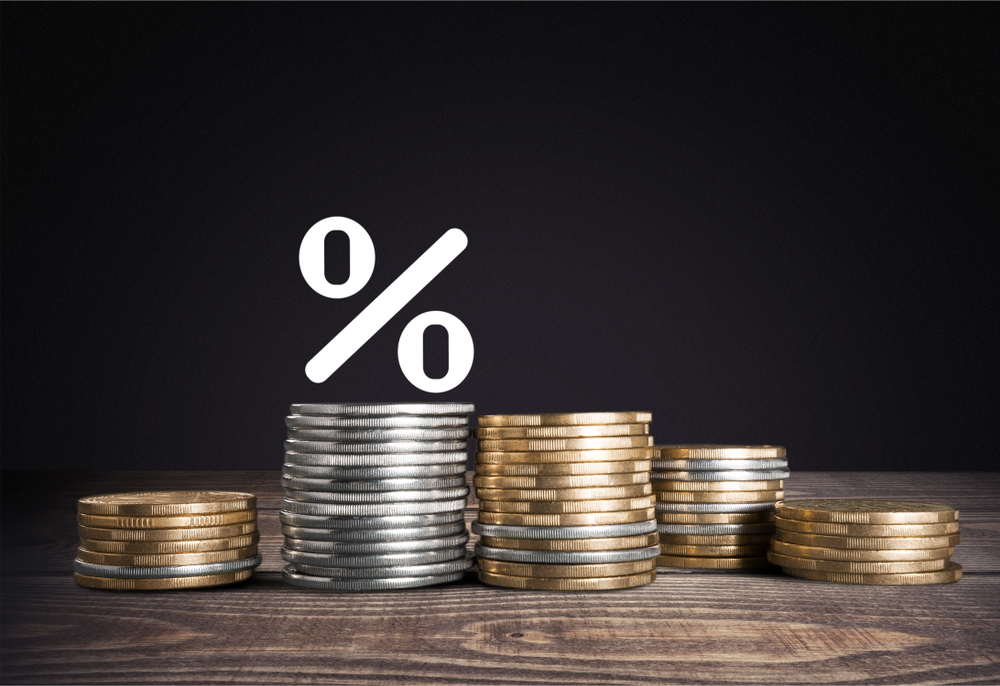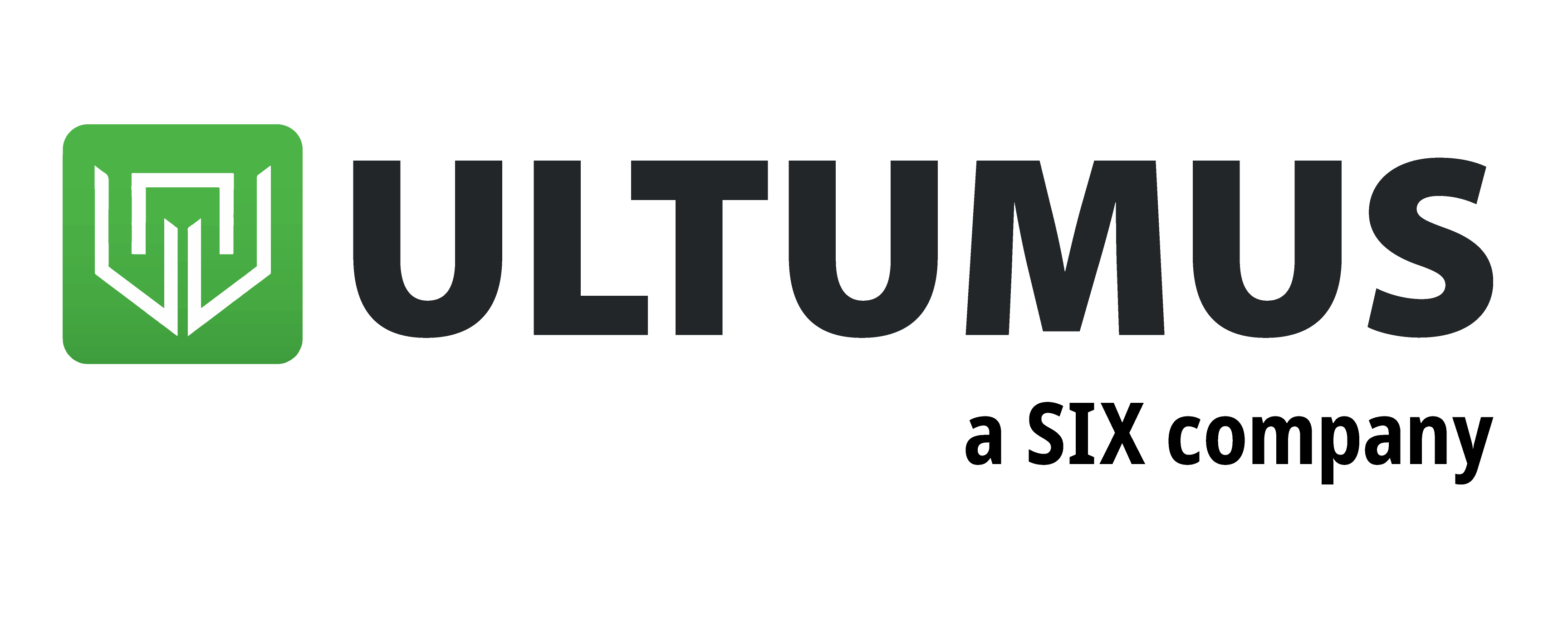Interest rate hedged ETFs saw inflows last week as the sharpest increase in US inflation since 2008 reopened the uncomfortable conversation about the potential for monetary tightening.
According to data from Ultumus, the iShares $ Corp Bond Interest Rate Hedged UCITS ETF (HLQD) saw $131m inflows in the week ended 14 May while investors poured a combined $204m assets into the iShares $ Floating Rate Bond UCITS ETF (FLOT) and Lyxor EUR 2-10Y Inflation Expectations UCITS ETF (INFL).
On the flipside, attempts to flee the encroaching possibility of rates hikes saw unhedged bond ETFs, such as the iShares Core € Corp Bond UCITS ETF (IEAC) and the iShares $ Corp Bond UCITS ETF (LQDA), shed $389m and $181m over the same period.
European sovereign bonds were selling off in reaction to news that next month, the Hungarian central bank may hike its benchmark rate and the European Central Bank (ECB) could taper off its Pandemic Emergency Purchase Programme (PEPP) asset-buying.
Investors are also nervous ahead of Europe’s consumer price index (CPI) reading on Wednesday, with the US annual CPI reading coming in 0.6% ahead of expectations last week, while the monthly reading was four times what was forecast – 0.8%, versus 0.2% predicted.
Five ETFs to protect against inflation
Speaking on the data, Althea Spinozzi, fixed income strategist at Saxo Bank, said: “The problem with this number is that while the yearly inflation figures are transitory, there is nothing to suggest that monthly data also are.
“Following last week’s CPI reading, the Federal Reserve’s members did not sound too convincing regarding the transitory nature of inflation.”
It is worth noting bonds are not priced by CPI but by inflation expectations. However, surprising CPI data can be an indicator of the trajectory of inflation, which ultimately has a bearing on monetary policymaking.
Most concerning for Spinozzi is that stagflation is now on the agenda, with material input costs set to rise further alongside further inflationary pressure to the upside.
“Right now, the message that we are getting from inflation expectations is not comforting: it will be much higher,” Spinozzi concluded.
Discussions about stagflation are an unpleasant juxtaposition to the recovery-hailing we have become accustomed to so far this year and provides policymakers with the unenviable task of reconciling money oversupply and the rising cost of raw materials and end goods.
If last week’s bond ETF flows are anything to go by, fixed income investors believe sooner-than-forecast rate hikes are a real possibility.
On interest rate hedged ETFs, Athanasios Psarofagis, ETF analyst at Bloomberg Intelligence, said: “This category had been slow to grow for a while as you can expect but it could see some more inflows if rates keep moving up.
“With rates coming off a low base, the performance separation has been significant enough to notice.”
Indeed, so far this year LQDA has returned -4.8%. Meanwhile, HLQD returned 1.4% during the same period.






